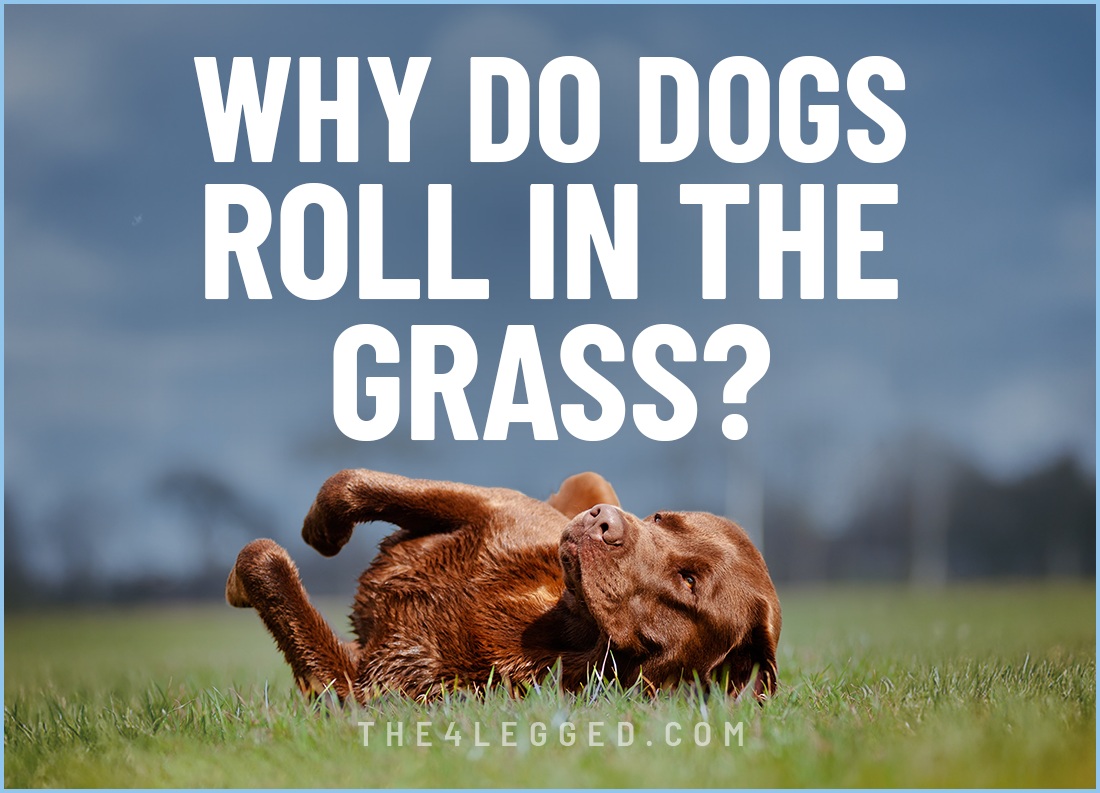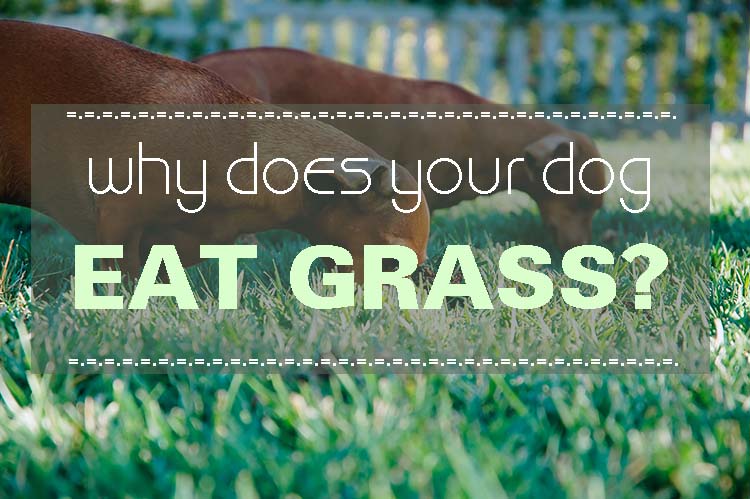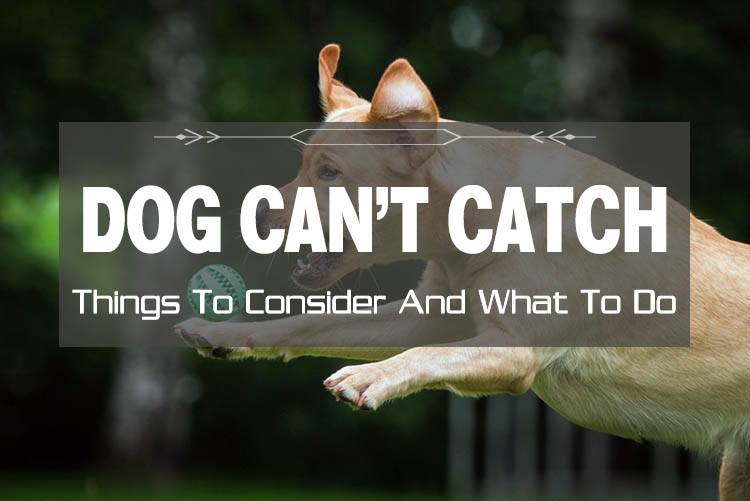Why do dogs roll in the grass? If your pup flops onto the lawn and wiggles with absolute joy, you’re definitely not alone in wondering what’s going on. This behavior is far more than a silly outdoor habit — it’s rooted in instinct, scent communication, sensory pleasure, and even social bonding. From masking their scent like their wolf ancestors to relieving an itch or soaking in the feel of cool grass, dogs have plenty of reasons for this quirky ritual.
In this guide, we’ll break down the real motivations behind grass-rolling, when it’s completely normal, and when it might signal something more serious. Understanding why dogs roll in the grass can help you respond appropriately, support your dog’s well-being, and appreciate this funny, fascinating part of canine behavior.
Key Takeaways
- Dogs roll in grass for various reasons, including instinctual scent masking, marking territory, and sensory enjoyment.
- Rolling helps relieve itchy skin, stretch muscles, and improve blood flow, contributing to their overall health.
- Monitoring your dog’s rolling habits is key to preventing potential issues like skin irritations or rolling in unpleasant substances.
Instinctual Behavior in Dogs
Dogs rolling in grass can often be traced back to their primal canine instincts, a behavior inherited from their wild ancestors. Picture wolves stalking their prey; they would mask their scent with environmental odors to get closer unnoticed. This survival tactic has trickled down to our pet dogs, making it a normal behavior for them. Dogs love rolling in grass.
Rolling in grass isn’t just about masking their scent glands. It’s a reflection of their completely natural behavior, a mix of instinctual drives and sensory enjoyment. This behavior is driven by multiple motivations, including the need to connect with their roots and simply enjoy the sensations of nature while they hunt on the ground. Grass rolling adds another layer to this experience.
Scent Masking
One of the primary reasons dogs roll in the grass is to mask their own scent. Scent masking is a survival tactic that helps dogs disguise their natural scent with environmental odors. This behavior is particularly useful in the wild, where avoiding detection by prey or threats is crucial.
Even domestic dogs exhibit this behavior, often rolling in grass after a bath to cover up their fresh, clean smell with something more natural, like a pup. This helps dogs blend into their surroundings, a throwback to their days of hunting and avoiding predators.
Spreading Their Own Scent
Dogs also roll in the grass to spread their own scent, marking their territory in the process. This behavior is a way for dogs to communicate with other dogs, leaving behind a personal scent marker. It’s akin to leaving a “calling card” for other canines to find and recognize.
When your dog rolls in a particular spot, they’re likely leaving a message for others. This form of scent rolling helps dogs establish their presence and communicate with other dogs in the area. It’s a fascinating glimpse into the complex world of canine communication.
Itchy Skin Relief
Another common reason dogs roll in the grass is to relieve itchy skin. Allergies, dry skin, and insect bites can all cause discomfort, leading dogs to seek out natural ways to scratch those hard-to-reach spots. Rolling in grass can provide temporary relief from these irritations.
The coolness of the grass against their skin acts like a natural massage, soothing the itch and providing comfort. However, it’s important to address the underlying causes of itchy skin, such as allergies, to prevent excessive rolling that could worsen the problem, including itching.
Sensory Enjoyment
Rolling in the grass isn’t just about instinct; it’s also a sensory delight for dogs. The combination of the grass’s texture, its natural scent, and the temperature creates a rich sensory experience that dogs find irresistible. This act can be incredibly comforting and relaxing, akin to getting a pleasant massage.
This behavior can also trigger the release of endorphins, promoting happiness and relaxation in dogs. This activity allows dogs to immerse themselves in the sensory experiences of the outdoors, making it both completely normal and feel good.
Feels Good
Grass provides a unique texture and temperature that feels good against a dog’s skin. The soft and cool sensation of grass can be incredibly soothing, especially on a hot day. Dogs naturally seek out this pleasurable experience, much like humans enjoy a cool breeze or a comfortable bed.
Stretching and Blood Flow
Rolling in the grass also helps dogs stretch their muscles and improve blood circulation. This activity maintains their health and comfort, enhancing flexibility and overall well-being naturally.
Social and Behavioral Reasons
Dogs use rolling in grass as a form of social interaction and communication. By rolling in a particular spot, they can learn and distinguish between different scents, gathering information about other animals. This helps dogs communicate and interact with their environment effectively.
Additionally, dogs often mimic the rolling behavior of their peers, reinforcing social bonds and shared activities. This imitation strengthens their relationships and helps establish group cohesion, making rolling in grass a multifaceted behavior with multiple purposes.
Communication Through Scent
Rolling in grass allows dogs to communicate through scent, a primary way they interact with the world. This behavior helps dogs to:
- Leave their own scent
- Pick up others’ scents
- Mark their territory
- Gather valuable information about their surroundings.
This behavior enhances social bonds by allowing many dogs to communicate effectively with one another. It’s a subtle yet powerful way for dogs to mark their presence and learn about other animals, reflecting a dog’s behavior in social contexts. This behavior can also serve as a sign of their social interactions.
Mimicking Other Dogs
Dogs often imitate the actions of their peers, including rolling in grass, to strengthen social connections. Mimicking helps reinforce bonds among dogs, contributing to group cohesion and relationships.
When one dog starts rolling, it’s not uncommon to see the next dog follow suit, creating a shared experience that enhances their social interactions with multiple dogs. It’s a simple yet effective way for dogs to bond and communicate with their pack members, especially when a dog roll occurs. This behavior often leads to dog rolling, which further strengthens their connections.
When Rolling Might Be a Concern
While rolling in grass is generally harmless, there are times when it might be a concern. If a dog rolls more frequently or shows signs of distress, it could indicate an underlying issue such as skin irritation or allergies. Monitoring your dog’s rolling habits and checking for potential irritants is essential.
It’s also important to consider the environment where your dog is rolling. Areas treated with chemicals or containing hidden dangers like burrs, thorns, or ticks can pose health risks. A veterinarian can help with a flea and tick prevention program to mitigate these risks.
Potential Skin Irritations
Excessive rolling in grass can sometimes indicate skin irritation or discomfort related to health issues. Common causes include allergies, fleas, or chemical irritants, which can lead to excessive scratching and rolling.
Using flea and tick medicine can protect your dog from external parasites that could irritate their dog’s skin. Regularly checking for skin irritation and addressing issues promptly can prevent excessive rolling.
Rolling in Unpleasant Substances
Dogs sometimes roll in unpleasant substances like animal droppings or dead animals to mask their scent, an instinctual behavior that smells good inherited from their ancestors. However, this behavior poses sanitary concerns and involves some gross things, including loose fur, that should be managed appropriately in veterinary medicine.
To prevent this, you can:
- Keep your dog on a leash in areas where strong odors might attract them.
- Intervene if they start rolling in something unsanitary.
- Regularly groom and monitor your dog to help keep this behavior in check.
Managing and Redirecting Rolling Behavior
Managing rolling behavior involves monitoring habits and identifying triggers that lead to excessive rolling. A consistent routine and structured activities can help minimize undesired behavior, which many are concerned about. The rolled habits can be addressed effectively.
Engaging your dog in enjoyable activities can effectively redirect unwanted rolling. This approach not only distracts them but also provides a positive outlet for their energy.
Positive Reinforcement Techniques
Positive reinforcement training involves rewarding desirable behaviors to encourage their repetition. High-value treat for good behavior can shape your dog’s actions away from rolling in grass.
Consistent positive reinforcement can effectively redirect rolling behavior to more appropriate actions. This builds a positive association with desired behaviors, serving as a powerful tool in managing rolling.
Engaging Alternatives
Engaging alternatives can effectively distract dogs from rolling in inappropriate areas. Interactive toys and games like fetch or tug-of-war can reduce the likelihood of rolling.
Mind-stimulating games like hide-and-seek can also serve as alternatives. These activities provide physical stimulation and keep your dog mentally engaged, reducing the urge to roll in grass.
Summary
Rolling in the grass might look playful or silly, but it reveals a lot about your dog’s instincts, sensory needs, and natural communication habits. In most cases, it’s completely normal—but if the rolling becomes excessive, obsessive, or paired with signs of irritation, it may point to allergies, itchy skin, or an environmental issue you’ll want to address. With thoughtful monitoring, positive reinforcement, and a few smart redirection strategies, you can keep your pup safe, comfortable, and happily exploring the outdoors.
Are you interested in learning more intriguing dog behaviors and the reasons behind them? To better understand your dog’s peculiarities and promote a happy, healthy, and balanced life, peruse our entire selection of dog behavior guidelines.
Frequently Asked Questions
Why does my dog roll in the grass after a bath?
Your dog is probably rolling in the grass to cover up that fresh, clean smell with some funky outdoor scents. It’s totally normal behavior!
Is it normal for dogs to roll in the grass frequently?
Absolutely, it’s totally normal for dogs to roll in the grass! They do it for fun, to enjoy different smells, or just to feel good.
How can I prevent my dog from rolling in unpleasant substances?
To stop your dog from rolling in stinky stuff, keep them on a leash in smelly areas and intervene quickly if they get too close. It works wonders for keeping your pup clean!
Can rolling in the grass indicate a health issue?
Yeah, if your pet is rolling around in the grass a lot, it could be a sign of skin irritation or allergies. Keep an eye on it and get them checked out if it seems excessive.
What are some alternatives to rolling in the grass?
If rolling in the grass isn’t your thing, try interactive toys, games like fetch or tug-of-war, and other mentally stimulating activities. They’ll keep you and your dog entertained and active!




